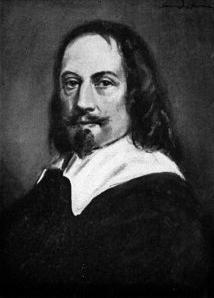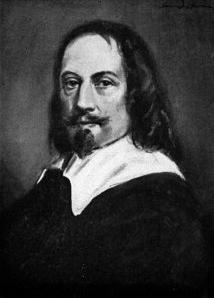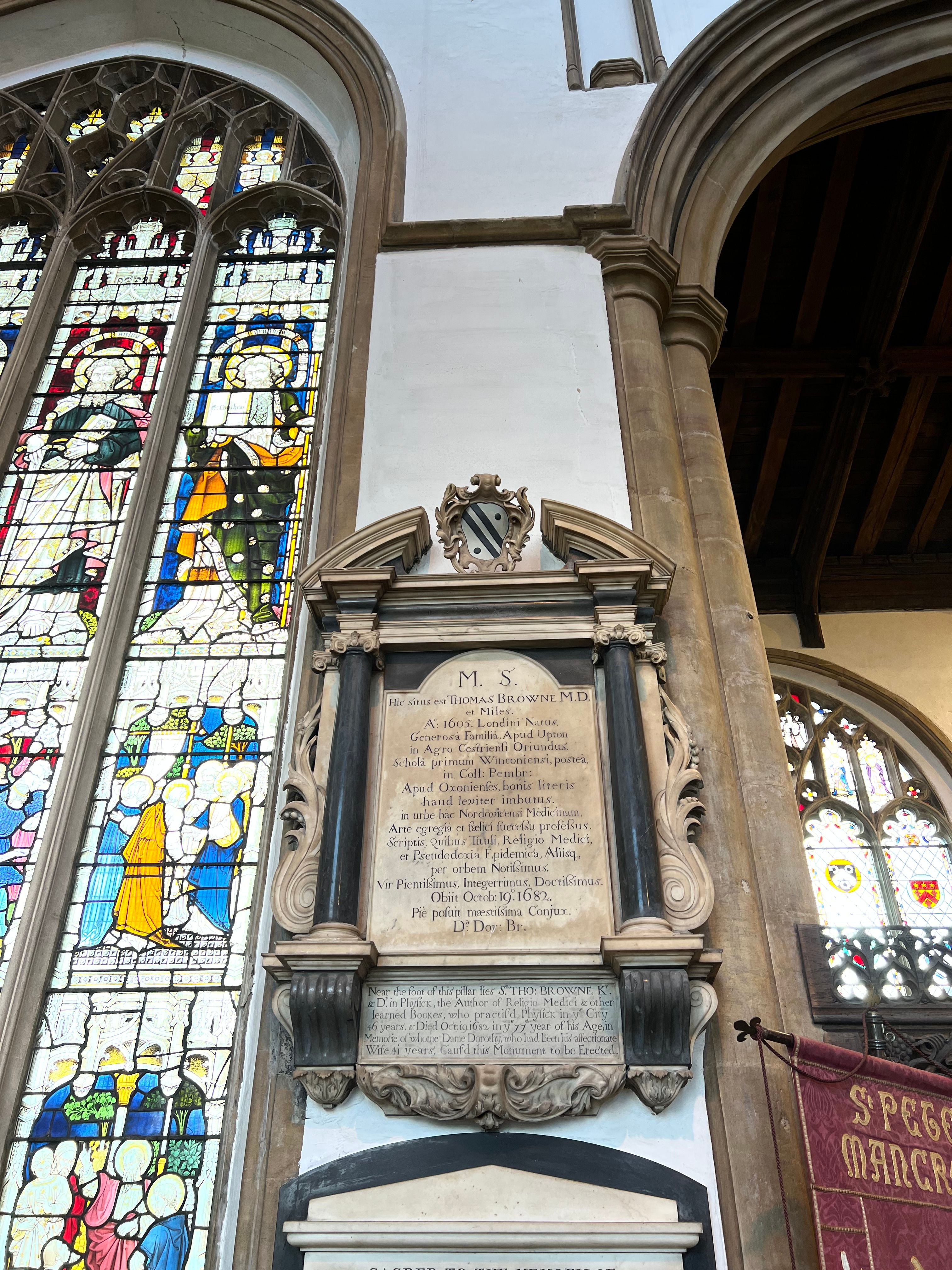In the late 50's he wrote 'Urn Burials', a reflection on mortality, and the curious 'Garden of Cyrus', exploring the mystical qualities of the number five. He received great acclaim for his style, which elevated him to the position of one of the most respected authors of the late Jacobean period. For his efforts he was rewarded in 1671 with a knighthood. He also wrote 'Vulgar Errors' and 'Christian Morals'.
Although his skull reputedly ended up in a museum, he was buried at Norwich - a city in which he had spent most of his life - and his coffin was disturbed in the nineteenth century by workmen. Scholars debated over the funerary inscription on the coffin, which contained a Latin word of which none of them had heard, and which was accepted to mean 'alchemic'.
In the nineteenth century Browne's reputation was revived by the Romantics. Thomas De Quincey, Samuel Taylor Coleridge, and Charles Lamb (who considered himself the rediscoverer of Browne) were all admirers. The seminal American novelist Herman Melville, heavily influenced by his style, deemed him "a cracked archangel."
The English author Virginia Woolf however wrote of him in 1923, "Few people love the writings of Sir Thomas Browne, but those that do are the salt of the earth."
In the late 50's he wrote 'Urn Burials', a reflection on mortality, and the curious 'Garden of Cyrus', exploring the mystical qualities of the number five. He received great acclaim for his style, which elevated him to the position of one of the most respected authors of the late Jacobean period. For his efforts he was rewarded in 1671 with a knighthood. He also wrote 'Vulgar Errors' and 'Christian Morals'.
Although his skull reputedly ended up in a museum, he was buried at Norwich - a city in which he had spent most of his life - and his coffin was disturbed in the nineteenth century by workmen. Scholars debated over the funerary inscription on the coffin, which contained a Latin word of which none of them had heard, and which was accepted to mean 'alchemic'.
In the nineteenth century Browne's reputation was revived by the Romantics. Thomas De Quincey, Samuel Taylor Coleridge, and Charles Lamb (who considered himself the rediscoverer of Browne) were all admirers. The seminal American novelist Herman Melville, heavily influenced by his style, deemed him "a cracked archangel."
The English author Virginia Woolf however wrote of him in 1923, "Few people love the writings of Sir Thomas Browne, but those that do are the salt of the earth."
Bio by: Mark McManus
Inscription
Latin inscription, and underneath, explanation that Sir Thomas Browne, 'Dr in Physick, author of Religio, Medici and other learned Bookes' etc. Contributor: RockHunter
Gravesite Details
Correct wall monument with two pillars, open pediment with shield, brackets supporting the pillars, and shaped bottom and sides with scrolls etc, in pale and dark stone. A portrait painting of Thomas Browne, from 1670. Contributor: RockHunter
Family Members
Advertisement




